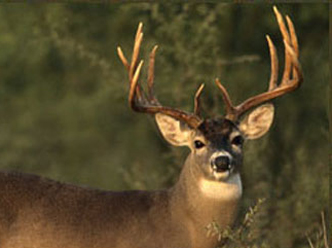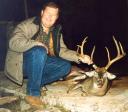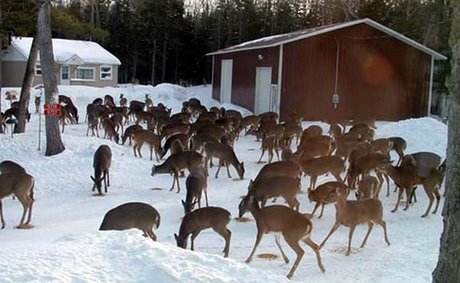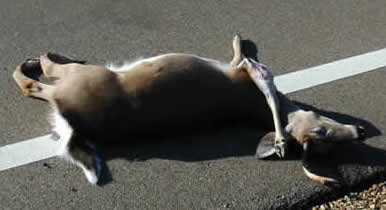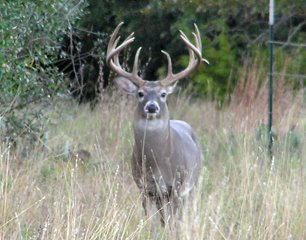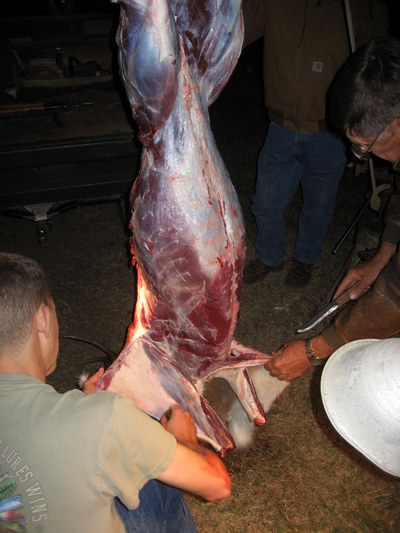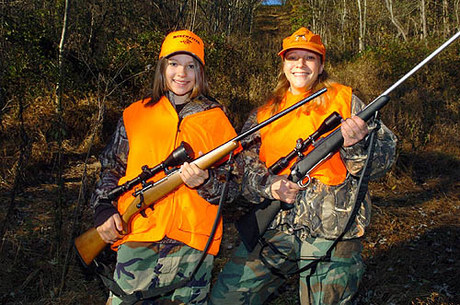
When Brianne Stewart, 12, of West Newton, shot her first deer this fall she joined a sorority of hunters who are bucking a nationwide trend. She is one 304,000 girls – 19 percent of all hunters ages 6 to 15 – who took to the woods last year, almost doubling the number of girls that hunted in 1996. According to the just-released 2006 U.S. Fish and Wildlife Service five-year census, four times as many boys hunt, but their numbers have remained unchanged.
Stewart also is part of a Pennsylvania hunting surge, the survey says, in which hunting by adult males increased 7.6 percent and female participation jumped almost 10 percent, while numbers dropped 10 percent nationally in all but 20 states.
A 2005 five-year survey by the National Sporting Goods Association painted a rosier picture of female hunting participation, claiming a 72 percent increase nationwide.
“We can explain decreases in men,” said Mark Duda of Responsive Management, a Virginia firm that tracks and interprets outdoors trends. “Male hunters live in rural areas and they’re aging. As to why female participation is increasing, that’s more of a mystery, since it appears to span various age groups, incomes and levels of education.
“Something is happening with women and hunting.”
Cultural change, societal acceptance and a concerted recruitment effort by state game agencies and shooting and hunting organizations has driven the spike in female interest that began 30 years ago, flattened in the 1990s, and peaked again at the start of this century.
While the Fish and Wildlife Service says female participation is too scattered to measure in detail, Brianne represents the traditional female hunter, in that she grew up with parents who are avid about deer.
“When she was little, I’d dress her in ‘camo’ and put her in one of those jerry packs and take her along with me to the woods,” said Brianne’s mother Cathy Stewart, 43. “From the time she was old enough to flip the switch on the grinder, she’d be there when we did our butchering. I think one of the reasons she wants to hunt is she likes the taste of deer meat.”
Brianne says it goes beyond that.
“It was the excitement of, like, … my heart was pounding, my blood was racing, I was breathing heavily, I felt confident I could shoot it,” she said. “Some other kids hunt. Most other girls — my friends — they’re like, ‘Ewww!’ Most of them think it’s cruel to shoot animals. Usually, I tell them if you don’t shoot deer the population will go up too high and they’ll destroy a lot of crops.”
Putting meat on the table is, statistically, the top reason women take up arms and head to the woods, a perception corroborated by Stewart, who learned to hunt from her father.
“Although I love the woods in fall, hunting is a shopping expedition for me,” she said. “It beats going to the grocery store.”
But among women who begin hunting as adults, food gathering is secondary, according to Peggy Farrell, a hunter who runs the Becoming an Outdoors-Woman program at the University of Wisconsin-Stevens Point. “A connection to nature is No. 1.”
Often women are nudged into hunting by close friends or relatives, and find support through mentoring programs like Farrell’s or those sponsored by the National Rifle Association, National Wild Turkey Federation and other groups that pitch hunting and shooting as family-friendly activities.
“The only way kids will get into the woods is through women, so in order to target youths, you have to target women,” said Anne Hall, 45, of Ligonier, who took up hunting three years ago at the urging of her brother-in-law, a wildlife biologist with the National Wild Turkey Federation. Most new adult hunters today are initiated through deer hunting — as opposed to small game — but Hall learned by targeting turkey through the federation’s Women in the Outdoors program. This year, she called in her first bird, hunting alone in the woods.
“It has become such a passion with me, I had no idea what I’d been missing,” said Hall, who also hunts small game and deer with her two teenage sons, her female friends, and her husband, who picked up a gun again for the first time in decades. “It’s not about the harvest,” said Hall, who recently introduced her 11-year old son to squirrel hunting through the national Families Afield campaign. “It’s about being in the outdoors, watching the woods wake up, sharing the experience.”
Whether such programs are answering a demand or creating one is hard to know, Duda said, since female hunters are still considered a niche market. But the bottom line appears to be the same: women bought up to 15 percent of the 12 million hunting licenses sold in America last year (50,000 to 100,000 in Pennsylvania) and generate $420 million in sales of guns, clothing and female-specific products including recoil reduction pads that fit onto bra straps, portable urinals, scaled-down sporting arms and camouflage apparel tailored to the female form.
“If the gun’s got too long of a stock, it would be uncomfortable to shoot and a new shooter might lose interest,” said Kevin Howard, whose Missouri-based firm handles public relations for Browning, Winchester Firearms and others in the industry. “Women want to be comfortable, and those involved in a social hunting atmosphere, like bird hunting, want clothing to be stylish, too. If you look at catalogues, you’ll see they seem to be catering to women.”
The hope is that efforts to cultivate the female market will pay off in the long term, although Fish and Wildlife retention statistics aren’t yet available, and Duda said people who start later in life are less likely to remain avid.
While 25 million people call themselves hunters, only 12 1/2 million hunt 15 to 20 days a year — the strictest definition of “avid.”
Kay Peyer, 85, of Murrysville, fits that demographic. She hasn’t missed a single deer season since she was 12 and hasn’t lost her ardor for hunting.
A retired registered nurse, Peyer learned to hunt from her father, a Pennsylvania game warden. When he died, she inherited his .300 Savage, which she took on a three-month adventure in Alaska. There, she killed a moose with one shot in the wilderness below Anchorage.
In September, she took part in the Pennsylvania Game Commission’s three-day season for youths, the elderly and the disabled, hunting with a pistol north of Kittaning.
“I’d love to have gotten a shot, but the deer just weren’t moving,” she said. “It was too warm. But it was a lovely day to be sitting in the woods.”
